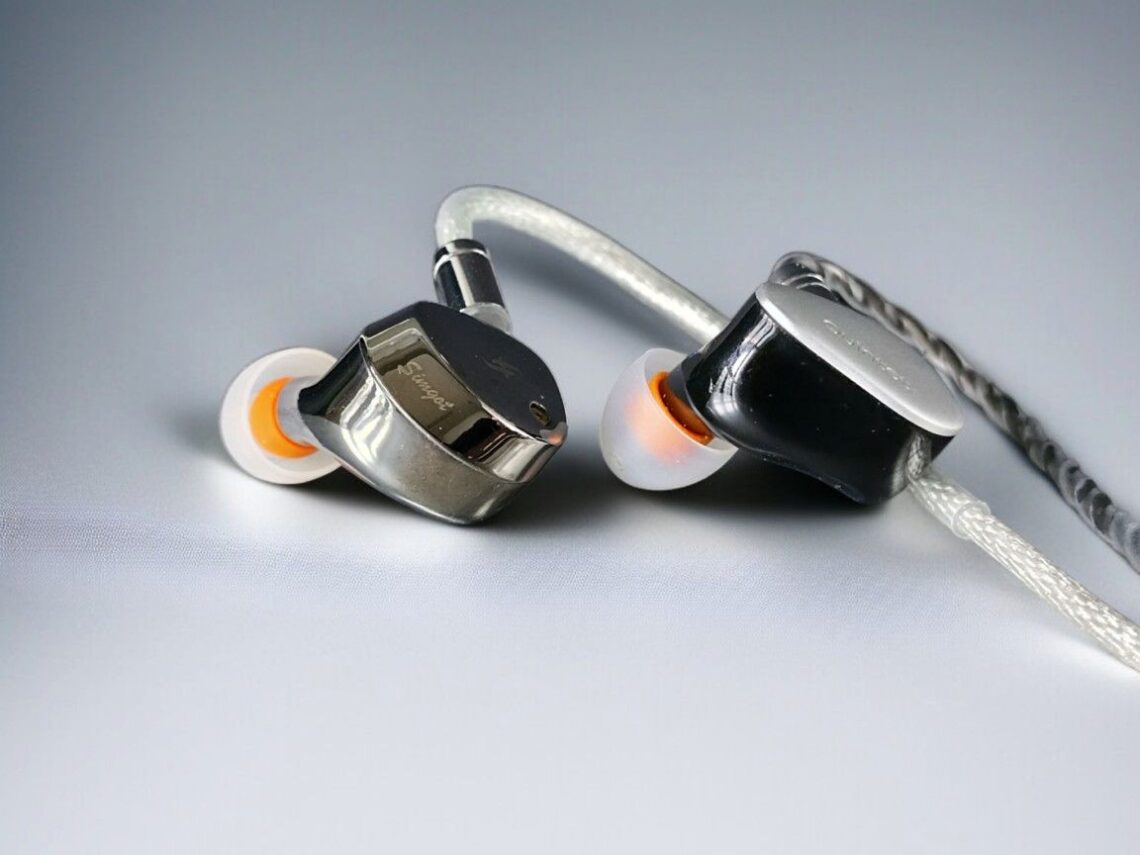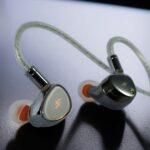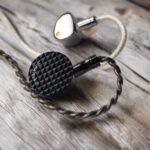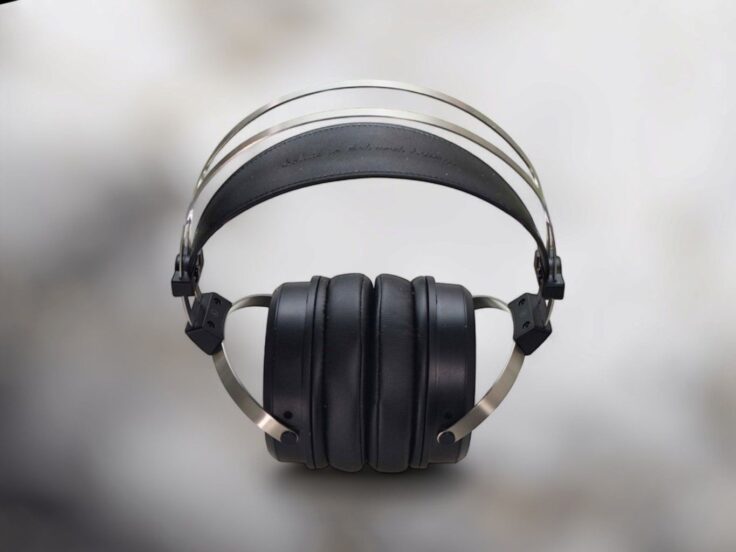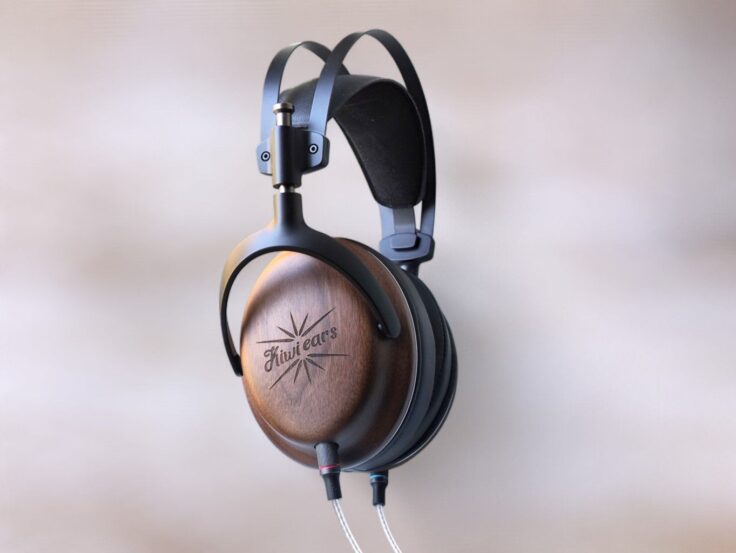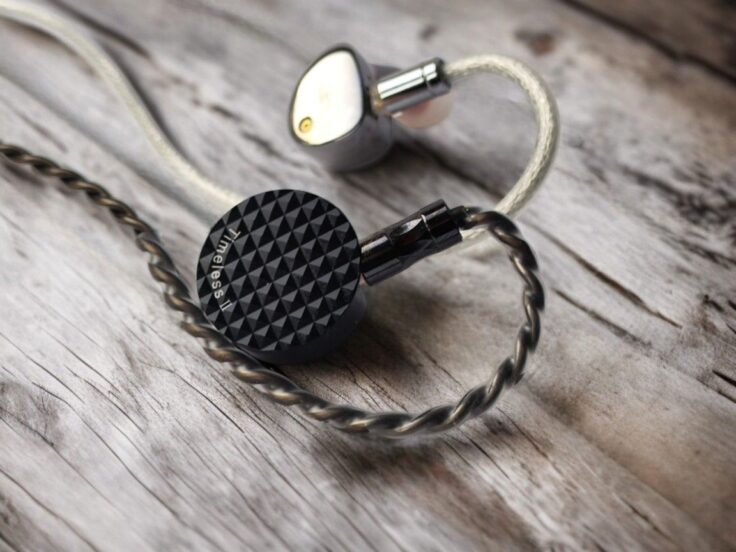The ET142 ($219) is a dual driver in-ear monitor from Simgot. It utilizes a planar magnetic main driver and a piezoelectric tweeter. The ET142 launched recently, in February 2025.
The hybrid-driver Quintet ($219) is, as the name suggests, a five-driver IEM and has been a reference in its price class since its launch in 2023. The Quintet combines a single dynamic driver with two balanced armatures, a planar magnetic driver, and a piezoelectric bone conductor.
SIMGOT ET142 SPECIFICATIONS
- Drivers: 1 x 12.5mm planar magnetic driver + 1 x multi-layer piezoelectric ceramic driver
- Impedance: 14Ω ±15% (@1kHz)
- Sensitivity: 118dB/Vrms (@1kHz)
- Cable: 732-core mixed oxygen-free copper & silver-plated Litz
- Connectors on earphones: 0.78mm 2-pin
- Cable termination: Interchangeable 3.5mm single-ended & 4.4mm balanced
You can check the current price and availability here.
- Linsoul: Simgot ET142
KIWI EARS QUINTET SPECIFICATIONS
- Drivers: 1 diamond-like carbon (DLC) dynamic driver, 2 balanced arture (BA) drivers, 1 planar magnetic driver, and 1 piezoelectric (PZT) bone conductor
- Impedance: 32 Ohms
- Sensitivity: 106 dB
- Connector type: 0.78mm, 2 Pin
- Cable: 1.2 m detachable 3.5mm jack
You can check out the current price and availability here:
- Linsoul: Kiwi Quintet
- Amazon: Kiwi Quintet
BUILD AND COMFORT
The ET142 is built like a tank. All metal, solid and rather heavy. It’s still quite comfortable, though. The cable is very thick, which has its pros and cons. The Quintet is made of resin, has a much thinner cable and is lighter. The ET142 feels more luxurious in every manner. The Quintet comes with a soft-shell zipper case, the ET142 with a metal lock faux leather storage box. The ET142 also comes with 4 pairs of tuning nozzles, the Quintet doesn’t have interchangeable nozzles.
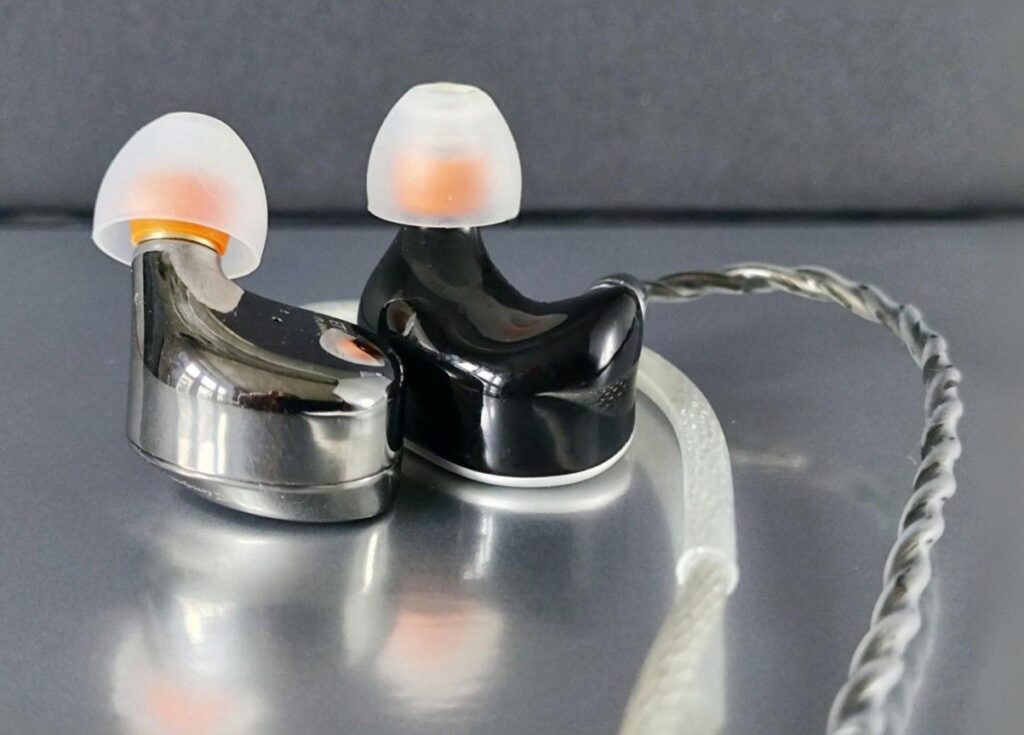
LISTENING COMPARISONS
Associated equipment:
- Amp: Topping A90
- DAC: RME ADI-2 DAC FS
- Tips on both: Spinfit CP145 tips
- Nozzles in ET142: Golden brass long nozzles.
Ragged Wood by Fleet Foxes
Both sound great. The Quintet has a more upfront midrange, and the ET142 has a slightly larger soundstage and better instrument separation.
World Town by M.I.A.
The bass is more powerful and slightly tighter with the ET142 than the Quintet. It’s also slightly cleaner, but the vocals are less pronounced. Neither earphone sound especially harsh or overly bright, something that often happens with this track on many earphones.
Never Forget the Good Ones by Solveig Slettahjell
The ET142 sounds very good, but when compared directly to the Quintet, I do miss some presence in the midrange as the vocals are a bit less full sounding than I’d prefer. The treble on the percussion is notably more resolved with the ET142, though.
Three Madrigals For Violin And Viola H. 313, Martinů by Emerson String Quartet
They sound quite different here. The Quintet has a more pronounced midrange, especially in the upper part, which makes it sound a lot more energetic. It has more bite and attack, it’s crisper and brighter. The ET142 is more laid back and subtle. Both presentations are enjoyable and once you have adapted, both are very nice.
Winter I – Vivaldi 4 Seasons by The Norwegian Chamber Orchestra
Also here, the strings sound much more forward on the Quintet, while the ET142 is subtle and laid back in comparison. Although the Quintet is very detailed, I find the ET142 to sound more subtle and nuanced, while the Quintet has a rawer edge to the presentation.
Muggen Fallskjerm by Jøkleba
The ET142 has fantastic bass quality, and even though the quantity is higher than neutral, it suits this track well, with a very potent bass drum. The Quintet has significantly less bass presence, and, again, the midrange gets much more focus. However, the ET142 sounds like the darker and most laid back of the two, while the Quintet is sharper and drier.
Nevermind by Leonard Cohen
The bass is fuller and better defined with the ET142, the vocals are brighter and more textured with the Quintet. Both do a very good job.
As Before by Olga Konkova
The cajôn drum has much more punch and body with the ET142, while the vocals are crisper and brighter with the Quintet. The ET142 sounds a bit more refined and subtle.
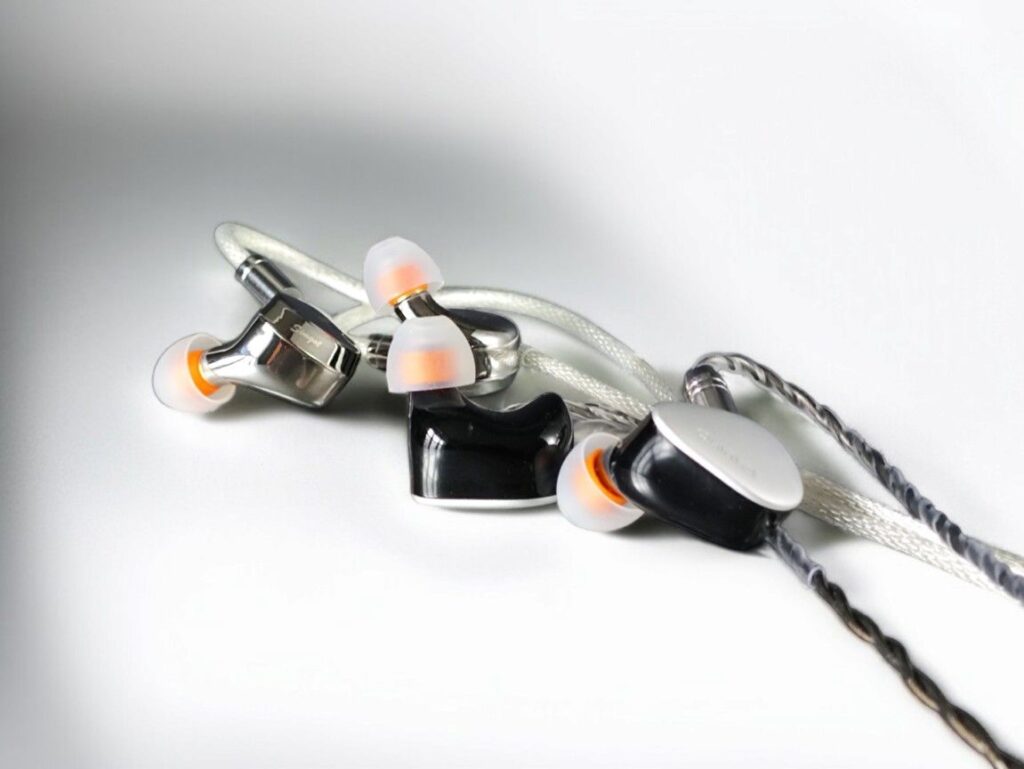
WRAPPING IT UP
Sound Signature
The Quintet and the ET142 have quite different sound signatures. The Quintet is very neutral, while the ET142 has more bass and a less pronounced midrange in comparison. The treble is roughly speaking equally bright with both.
Treble
They both have good treble articulation and are bright in a nice way. When it comes to fine detail, I feel ET142 is more liquid and refined.
Midrange
The Quintet has significantly more articulated midrange, especially in the upper part. Vocals and string instruments sound more energetic and textured, while the ET142 is darker and more laid-back.
Bass
The ET142 has significantly more bass presence and also generally better bass quality.
Soundstage and Imaging
They both have a large soundstage and excellent imaging.
Detail, Dynamics, and Timbre
Although they both are very detailed, the ET142 is slightly more refined and nuanced in its presentation. Especially the bass and treble feels technically better, while the midrange is more even with the Quintet being a significant bit more articulate. Dynamics are generally perceived as being on the same level. When it comes to timbre, the Quintet has a slightly dry and crisp character; the ET142 is lusher and feels somewhat laid-back, with its darker mids and powerful bass.
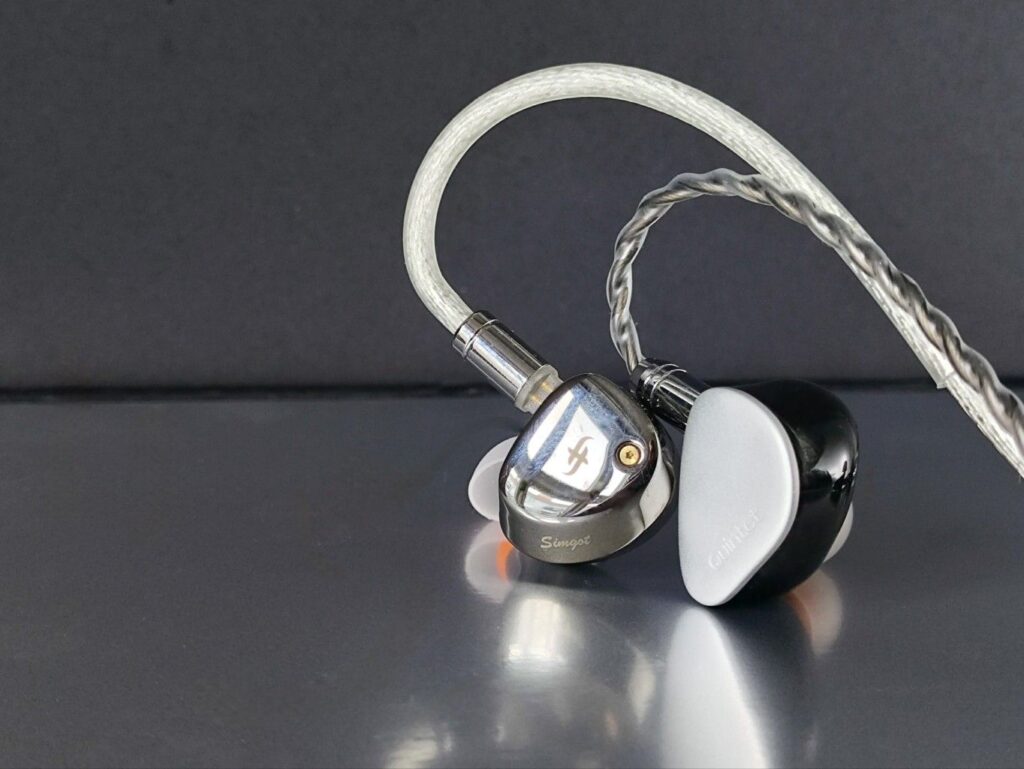
CONCLUSION
The Kiwi Ears Quintet and Simgot ET142 are both excellent IEMs with distinct sound signatures. The Quintet leans toward a neutral and slightly dry tonality, while the ET142 (with long nozzles) delivers a more powerful bass and a smoother, more reserved midrange. It also maintains a more organic character and offers a slightly higher level of detail than the already impressive Quintet.
- Linsoul: Kiwi Quintet
- Amazon: Kiwi Quintet
- Linsoul: Simgot ET142
Thanks for reading. You can support us by purchasing anything using any of our affiliate links.
Any purchase you make on Amazon or Linsoul with any of our affiliate links will give us a small provision at no cost to you.
We only get a provision for items that are not returned, so there’s no incentive for us to recommend something that’s not good.
Linsoul : Headphones, Earbuds, Wireless Earbuds, Desktop DAC/AMP, Portable DAC/AMP, Digital Audio Players,
Amazon: Headphones, IEMs, Headphone Amplifiers, Home Audio or Anything else.
.
If you enjoyed this article or other content on The Headphoneer, you might consider leaving a small donation to keep this website up and running. No donation is too small. Thanks for supporting us!
If you like our work please follow us on Instagram, Facebook and Twitter , it will help us grow. Sharing is caring 🙂


